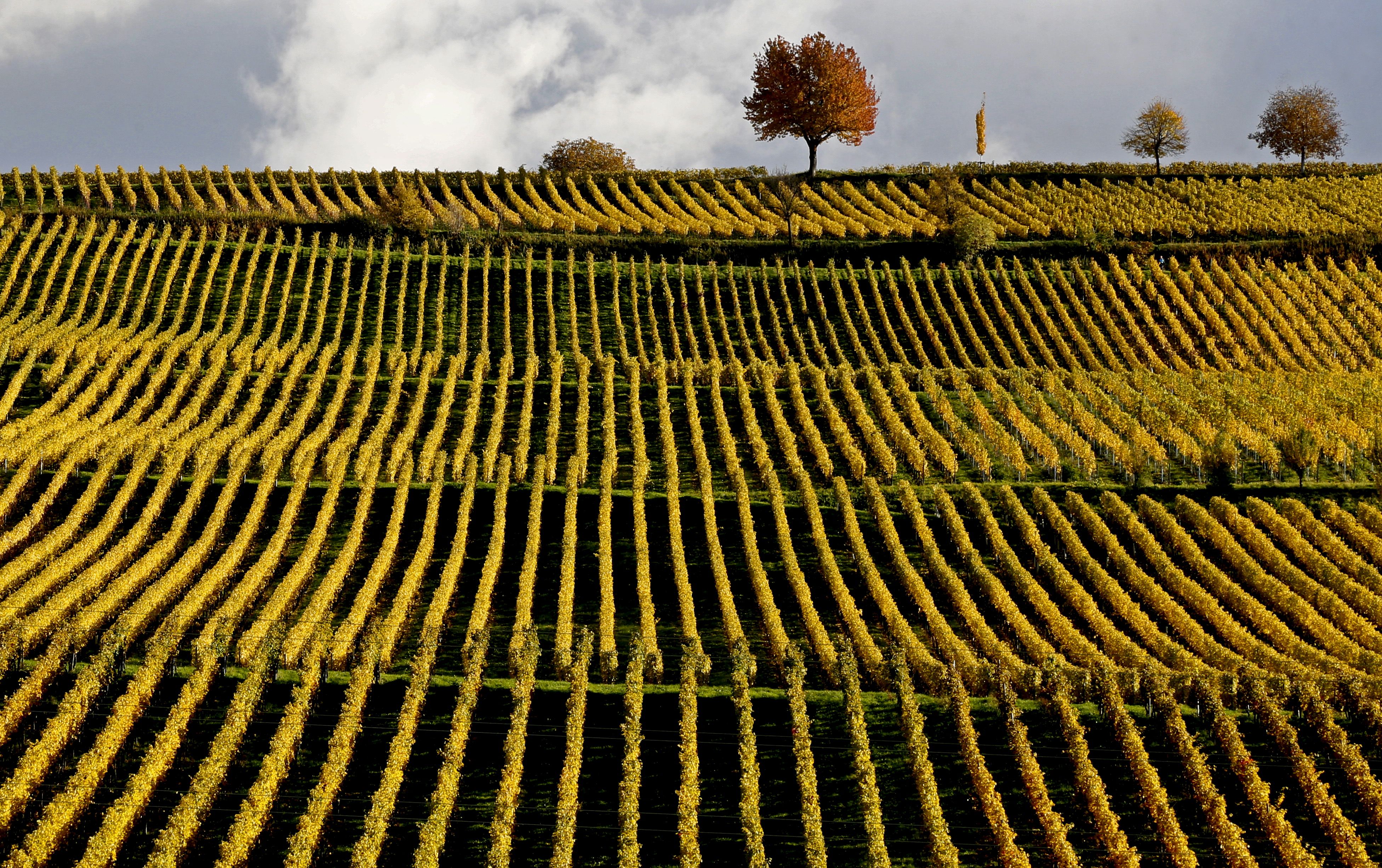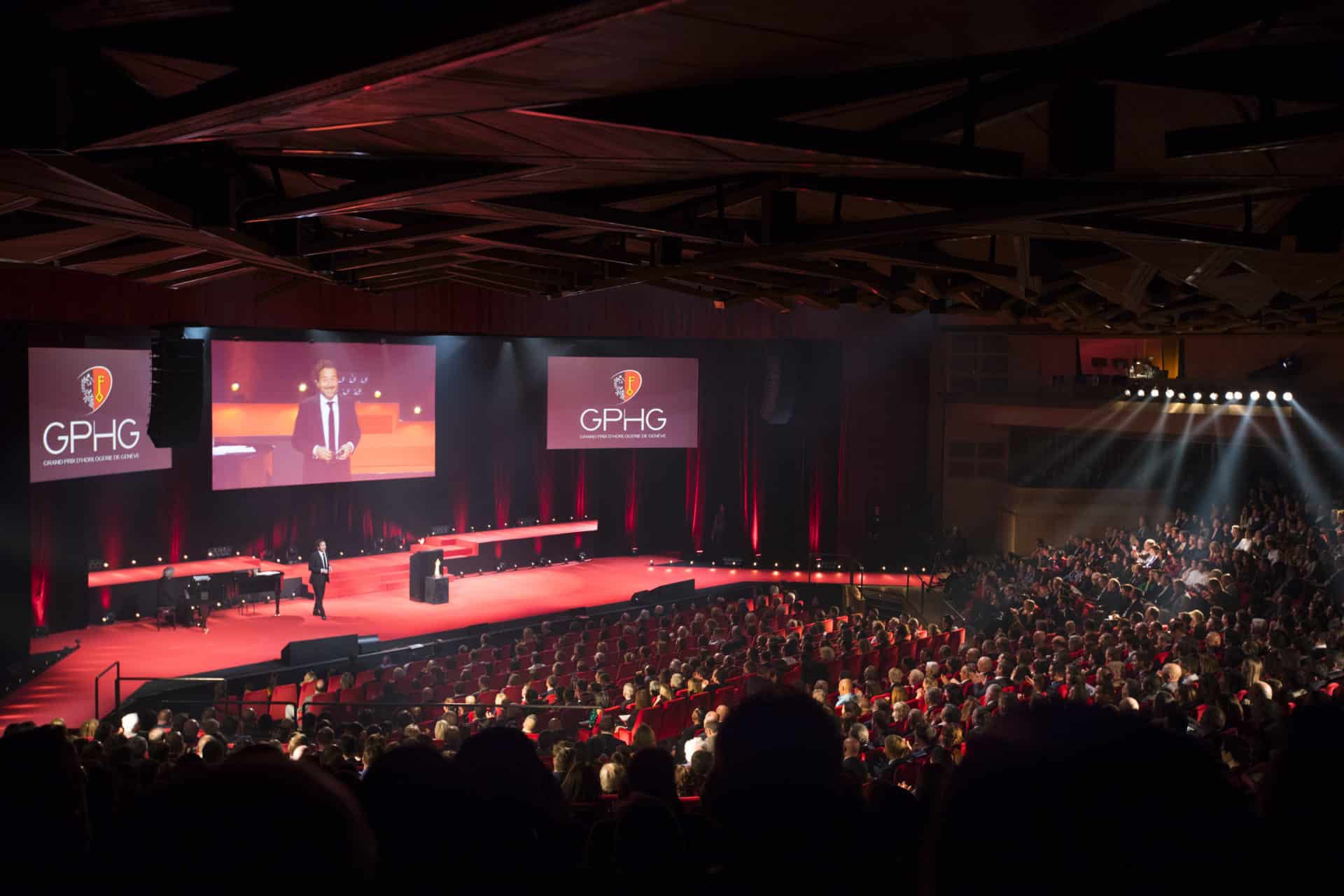[vc_row njt-role=”people-in-the-roles” njt-role-user-roles=”administrator,editor,author,armember”][vc_column][vc_column_text]
In the digital age, it is now the turn of the major wine houses to embrace new technologies.
Towards a modernization of viticulture.
In just a few months of existence, NFTs have already generated a market worth 10 billion dollars. After art and fashion, these digital certificates of unique and non-interchangeable authenticity of an asset, also digital, are now making their appearance in the world of fine wines and spirits.
As we know, NFTs, which guarantee exclusivity and rarity, are of interest to the luxury sector. Gucci, Dolce & Gabbana and Givenchy are already exploring their potential with limited edition pieces, very often created in partnership with artists. All this can be transposed to the world of fine wines, objects of covetousness and collection.
Dom Pérignon has thus become the very first brand in its sector to take this step. Last October, it launched, only on the French market, limited edition boxes of its 2010 vintage and its 2006 rosé “designed” in collaboration with international celebrity Lady Gaga. These were offered in a digital pop up, in association with an NFT, a numbered digital artwork. The boxes were sold in ethereum cryptocurrency at the speed of a Bugatti.
For its part, Videlot, the holding company of the Bordeaux Moueix family, announced on Tuesday 19 July that it had acquired a stake in Winechain, a new platform for buying fine wines guaranteed by NFTs.
These new technologies are certainly very expensive. But in addition to their undeniable marketing advantages in terms of differentiation, in the case of NFTs, they can also be a source of optimisation on the ground. The wealthiest châteaux use drones and robots to lighten the workload of the winegrowers.
At the Salon de l’agriculture, a straddling robot capable of mechanically weeding the rows of vines on its own, thanks to a GPS system, was a great success. This robot saves precious time for the winegrowers and protects their health. It also serves as an alternative to herbicides. Thanks to it, it is no longer necessary to use astronomical quantities of pesticides and weedkillers. Drones can be used to monitor vines, detect diseases and assess plant vigour.
However, the world of wine is not only being modernised by new technologies. It is also keeping up with current environmental protection issues.
This is an essential step for winegrowing, which is the largest agricultural sector in France in terms of value. The objective is to reduce the carbon footprint and to abandon pesticides. The French wine industry has thus committed to reducing its use of phytosanitary products by 50% by 2025.
The consumption of organic wines, which coincides with the consumer’s concern for health and respect for the environment, is already booming. Between 2010 and 2016, the turnover of organic wine increased sixfold to 792 million euros.
Winegrowers must therefore adapt to all these changes, find a way to better target customers and communicate with them. Here again, new technologies can help them. The idea is to anchor their activity definitively in the era of time.
Read also > [Luxus+ Magazine] Wine routes: 5 exceptional itineraries to discover the French vineyards
Featured photos : © Reuters[/vc_column_text][/vc_column][/vc_row][vc_row njt-role=”not-logged-in”][vc_column][vc_column_text]
In the digital age, it is now the turn of the major wine houses to embrace new technologies.
Towards a modernization of viticulture.
In just a few months of existence, NFTs have already generated a market worth 10 billion dollars. After art and fashion, these digital certificates of unique and non-interchangeable authenticity of an asset, also digital, are now making their appearance in the world of fine wines and spirits.
As we know, NFTs, which guarantee exclusivity and rarity, are of interest to the luxury sector. Gucci, Dolce & Gabbana and Givenchy are already exploring their potential with limited edition pieces, very often created in partnership with artists. All this can be transposed to the world of fine wines, objects of covetousness and collection.
[…][/vc_column_text][vc_cta h2=”This article is reserved for subscribers.” h2_font_container=”tag:h2|font_size:16|text_align:left” h2_use_theme_fonts=”yes” h4=”Subscribe now !” h4_font_container=”tag:h2|font_size:32|text_align:left|line_height:bas” h4_use_theme_fonts=”yes” txt_align=”center” color=”black” add_button=”right” btn_title=”I SUBSCRIBE !” btn_color=”danger” btn_size=”lg” btn_align=”center” use_custom_fonts_h2=”true” use_custom_fonts_h4=”true” btn_button_block=”true” btn_custom_onclick=”true” btn_link=”url:https%3A%2F%2Ftest2023.luxus-plus.com%2Fen%2Fsubscriptions-and-newsletter-special-offer-valid-until-september-30-2020-2-2%2F”]Get unlimited access to all articles and live a new reading experience, preview contents, exclusive newsletters…
Already have an account ? Please log in.
[/vc_cta][vc_column_text]Featured photo : © Reuters[/vc_column_text][/vc_column][/vc_row][vc_row njt-role=”people-in-the-roles” njt-role-user-roles=”subscriber,customer”][vc_column][vc_column_text]
In the digital age, it is now the turn of the major wine houses to embrace new technologies.
Towards a modernization of viticulture.
In just a few months of existence, NFTs have already generated a market worth 10 billion dollars. After art and fashion, these digital certificates of unique and non-interchangeable authenticity of an asset, also digital, are now making their appearance in the world of fine wines and spirits.
As we know, NFTs, which guarantee exclusivity and rarity, are of interest to the luxury sector. Gucci, Dolce & Gabbana and Givenchy are already exploring their potential with limited edition pieces, very often created in partnership with artists. All this can be transposed to the world of fine wines, objects of covetousness and collection.
[…][/vc_column_text][vc_cta h2=”This article is reserved for subscribers.” h2_font_container=”tag:h2|font_size:16|text_align:left” h2_use_theme_fonts=”yes” h4=”Subscribe now !” h4_font_container=”tag:h2|font_size:32|text_align:left|line_height:bas” h4_use_theme_fonts=”yes” txt_align=”center” color=”black” add_button=”right” btn_title=”I SUBSCRIBE !” btn_color=”danger” btn_size=”lg” btn_align=”center” use_custom_fonts_h2=”true” use_custom_fonts_h4=”true” btn_button_block=”true” btn_custom_onclick=”true” btn_link=”url:https%3A%2F%2Ftest2023.luxus-plus.com%2Fen%2Fsubscriptions-and-newsletter-special-offer-valid-until-september-30-2020-2-2%2F”]Get unlimited access to all articles and live a new reading experience, preview contents, exclusive newsletters…
Already have an account ? Please log in.
[/vc_cta][vc_column_text]Featured photo © Reuters[/vc_column_text][/vc_column][/vc_row]








